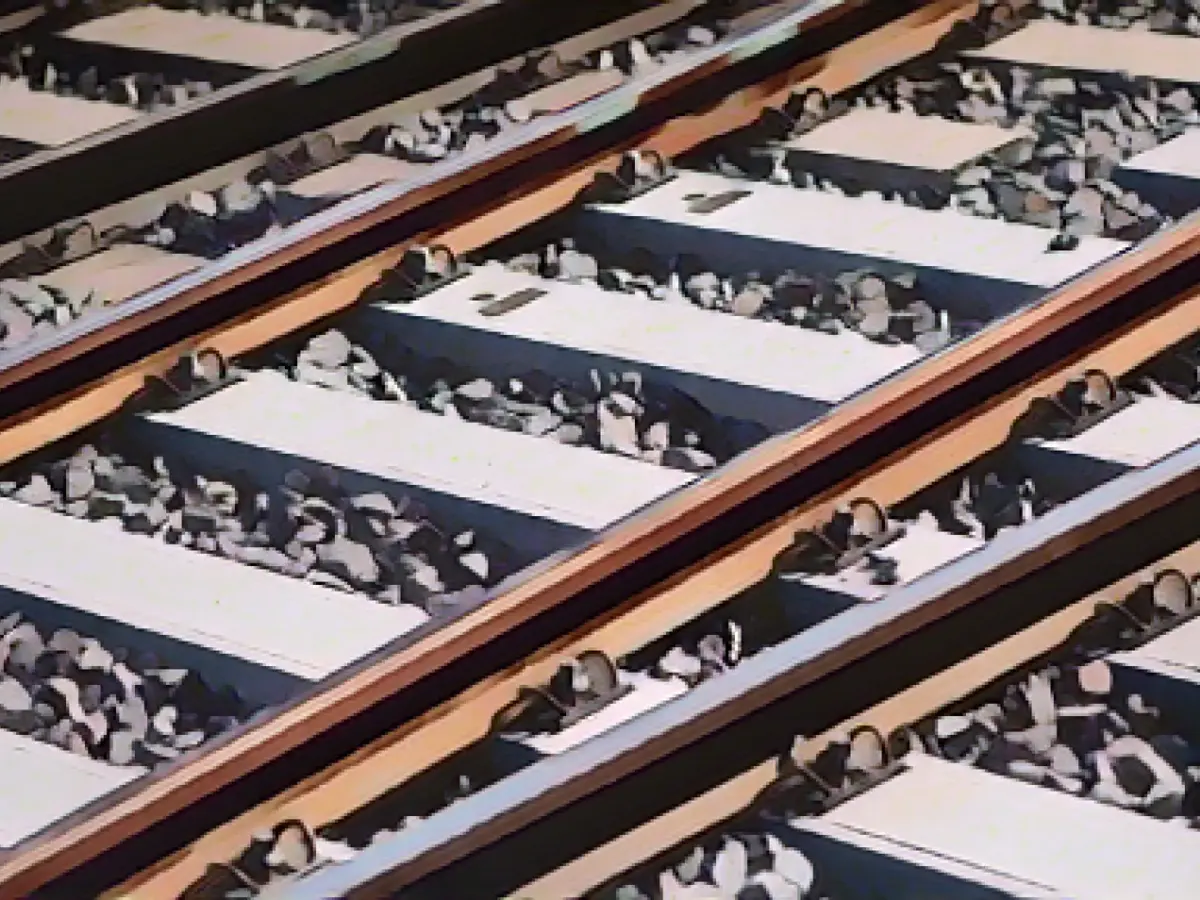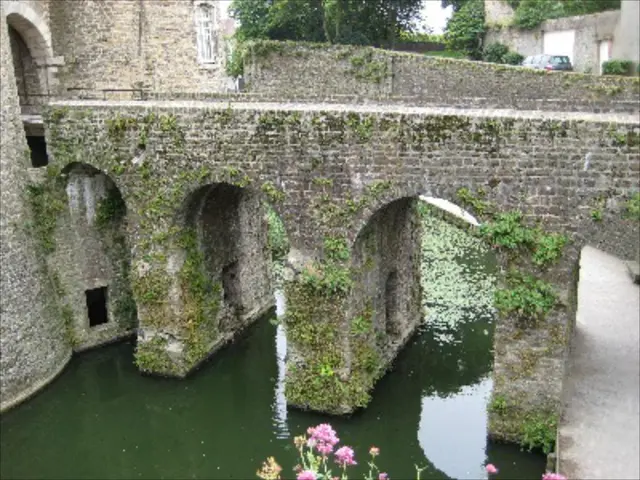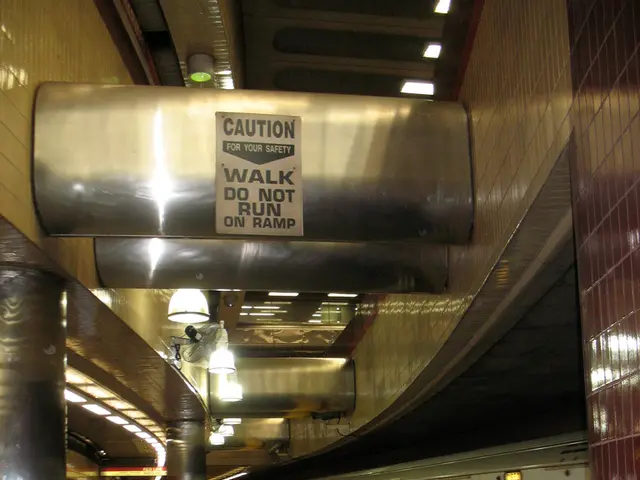Federal Rail Progress in Lusatia Sluggish
The federal government's rail projects in Lusatia are moving at a snail's pace. Various projects are experiencing delays of two to three years compared to their 2021 targets, as indicated by a reply from Germany's Federal Ministry of Transport to a query from left-wing Bundestag member Christian Görke, made accessible to the German Press Agency.
Two years ago, the Berlin - Cottbus - Weißwasser - Görlitz line's planning completion was still slated for 2031. However, according to the ministry, this project has now been pushed back to 2034, and Deutsche Bahn anticipates commissioning the line in 2040.
The plans for the Cottbus-Forst line's electrification have also been postponed from 2026 to 2029. Meanwhile, the final plans for the Lübbenau-Cottbus line's expansion have been postponed by one year from 2024 to 2025, and the plans for the Graustein-Spreewitz line's expansion from 2030 to 2032. In the 2021 inquiry, the project implementation years were still specified, but these are not generally listed in the current response.
In October 2023, the Bundestag approved a package of measures to accelerate approval procedures in the transport sector. Moving forward, construction projects on highways and railways will commence more swiftly to alleviate bottlenecks more quickly. Numerous procedures, including planning and approvals, will be simplified and sped up, as emphasized by Federal Transport Minister Volker Wissing (FDP).
Left Party politician Görke described the transport ministry's response as a "kick in the gut" for the entirety of Lusatia. Instead of the much-touted acceleration of planning, he noted that the planning duration, and thus the implementation duration, was being significantly extended. "It's absurd: they're building a state-of-the-art railroad plant in Cottbus, but they're making no progress on the rail expansion," Görke said.
Additional planning capacity for the rail infrastructure is critically needed to overcome the "bottleneck planning backlog" at DB, according to Görke. He suggested the establishment of a cross-state planning company that would collaborate with DB on specific Lusatia projects between the states of Brandenburg, Berlin, and Saxony.
Further Reading:
1. The delay in the federal government's rail projects in the Lausitz region, including the Berlin - Cottbus - Weißwasser - Görlitz line, could be attributed to several underlying issues, including: a. High-Speed Rail Link Delays: The Dresden-Prague high-speed rail link is currently facing legal challenges and opposition, potentially diverting resources and attention from rail projects in the region. b. Infrastructure overhaul: Planned overhauls of the Panenská and Libouchec tunnels on the Czech highway system, including significant reconstruction and temporary closures, might conflict with rail projects in the region. c. Public Participation and Environmental Concerns: The lithium mining project in Cínovec has sparked strong local opposition and public involvement processes, calling for comprehensive environmental evaluations and community input. d. General Infrastructure Challenges: The region is grappling with other infrastructure challenges, such as the refurbishment of the Beneš Bridge in Ústí nad Labem and the closure of the bridge in Mojžíř. e. Technological Innovations and Funding: Although there are significant technological innovations and funding initiatives in the region, such as the "SpreeTec neXt" project for additive manufacturing and the "KlimProMem" project for climate-neutral waste incineration, these may not directly address the delays in rail projects but could influence the broader infrastructure landscape.








